A traditional pair of wooden snowshoes, framed in ash with a network of webbing made from woven rawhide, is often more than simply a utilitarian apparatus to aid in walking across the snow. To many, it’s a piece of north-country art instilling visions of French voyageurs, fur trappers, indigenous nomadic tribal hunters, and Arctic explorers.
Repairing the frames and webbing on wooden snowshoes is similar to administering first aid, at least as far as some structural repair work is concerned. Depending upon the size and location of a crack or other breach in the wood’s structure, many repairs – whether emergency fixes in the field or more thorough, lasting repairs at home – can be done with just a few tools and repair materials.
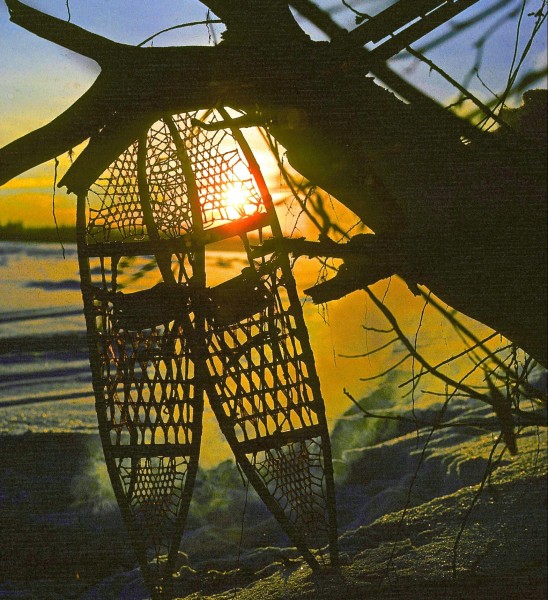
Complete many repairs to your wooden snowshoes with a few tools and repair materials. Photo: Tom Watson
Some of the links in this article may contain affiliate links. When you purchase using these links, part of the proceeds go to Snowshoe Mag. Additionally, as an Amazon Associate, we earn from qualifying purchases. Please see our disclosure for more details.
Repair the Frame
Wooden frames are like our skeletal bones (a structure upon which our muscles are supported). A snowshoe’s frame is designed to support the network of webbing. This webbing distributes the wearer’s weight over a broader area of snow. You can splice a weakened section of the frame, just like a broken arm, providing at least temporary service in the field. Or, you can make more cosmetic and less structural repairs if you want to retire the pair to a spotlighted display over a mantle.
You can repair most cracks in a frame by splinting the section at the point of the break. Then, extend the splint along the frame on both sides of the damage. Slats of wood, a whittled branch, or even better, a metal or plastic tent stake may provide at least temporary stoutness and support to the breached frame. You can use several materials to secure the split in place.
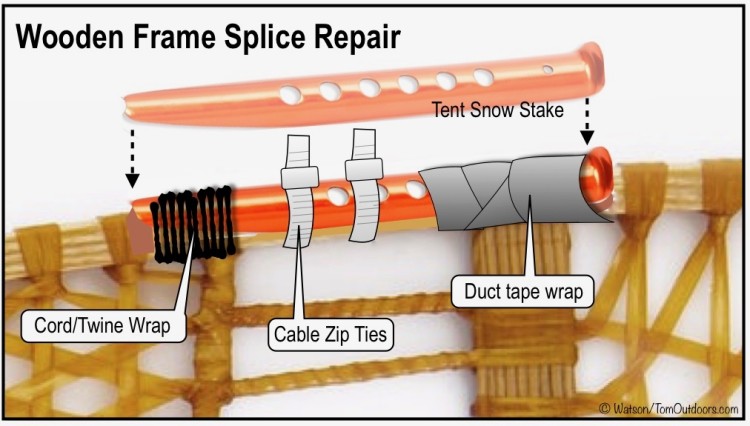
This illustration shows the types of splints and their application. Use these tools to repair a broken section of a wooden snowshoe frame temporarily. Illustration: Tom Watson
Once you center the split on the crack, hold it in place by tightly wrapping duct tape along its length. Or, use a tight wrapping of thin, strong twine or wire as an alternative to hold the splint in place. You can tighten hose clamps around the splint and frame to form a tight, gripping hold as well. Some form of these repair materials should be part of your field emergency repair kit.
The toe bar of the shoe takes a lot of stress. So if broken or cracked, you may need to retire the ‘shoes to a wall display and consider buying or making new snowshoes.
Read More: Create Your Own Homemade Snowshoe Repair Kit
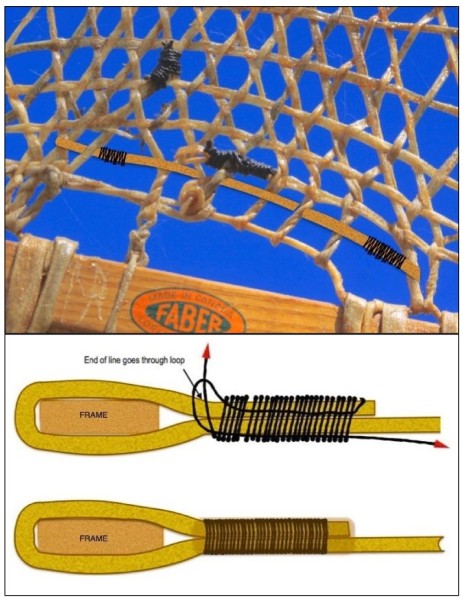
Repair webbing can be looped and wrapped onto old webbing or frame to provide support. As shown, webbing is held in place by “whipping” the repair material with stout thread. Photo/Illustration: Tom Watson
Repair the Webbing
Worn or damaged webbing breaks discovered in the field can sometimes be left alone, allowing the surrounding lacing to distribute the weight out from the damage. Otherwise, you may need to do a complete repair on your wooden snowshoes. In this case, you can use spare rawhide or other lacing material, twine, and even electrical zip ties to fill in gaps. Just pull the loose lacing in the webbing together and cinch it tight.
You can purchase rawhide lacing as part of snowshoe repair kits. However, connecting the new lacing to the end of the old piece can be a challenge. First, wrap the new end around a secure length of existing lacing. Then secure it with several tight wraps of twine (like you’d use to whip the end of a rope). This technique will often bring up the integrity of the webbing to its original level.
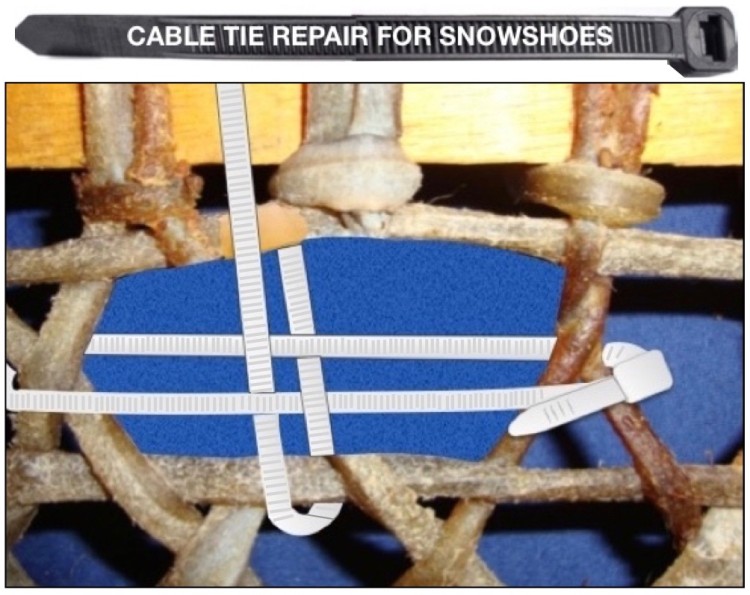
Zip ties provide a strong, easily-applied connecting ‘lace’ for quick field replacement of torn/damaged web lacing. Photo Illustration: Tom Watson
You can even keep your own sections of rawhide. For example, buy a large rolled and folded doggie bone at a pet store or department. Soaking the bone loosens the knotted rawhide so you can unravel it and flatten it out. Then cut narrow strips from it to use to repair short sections of the shoe’s webbing.
You can sometimes temporarily lace together broken/torn straps and flaps on leather bindings with twine or paracord. Makeshift bindings from inner tubes are a common fix, too – another item for your field repair kit, perhaps?
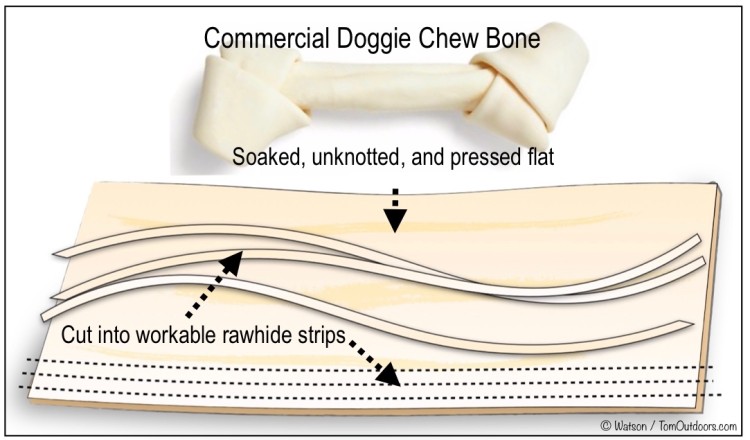
You can soak commercial “doggie” bones, unravel them, and cut them into strips to provide segments of rawhide for webbing repair. Illustration: Tom Watson
Cosmetic Repair and Ongoing Care
You may have snowshoes that need only a cosmetic fix for display. In these cases, wood fillers and sanding may make your snowshoes appear whole again. But whether above the mantle or stowed and ready for tromping over snow, it’s important that traditional snowshoe frames and webbing are periodically cleaned.
You’ll want to liberally coat the snowshoes with several coats of a quality marine spar varnish to keep them in good shape. UV rays, a dry environment, and gnawing pests can all affect the integrity of traditional wooden snowshoes. So, hang your snowshoes where mice can’t crawl onto them and keep them out of the sun. You should use waterproofing products (Neatsfoot Oil and Sno-Seal) to keep leather bindings in good shape.
Read More: How To Care for Wood Frame Snowshoes
Overall
Traditional wooden snowshoes are part of the mysticism of the great northern reaches of our country. Knowing how to administer “first aid” in the field or restoring them for display at home is key to maintaining these iconic symbols of winter for many generations.
What other recommendations do you have for the repair of traditional wooden snowshoes? Please share your thoughts in the comments below.
Read Next: Making Your Own Snowshoes from Scratch

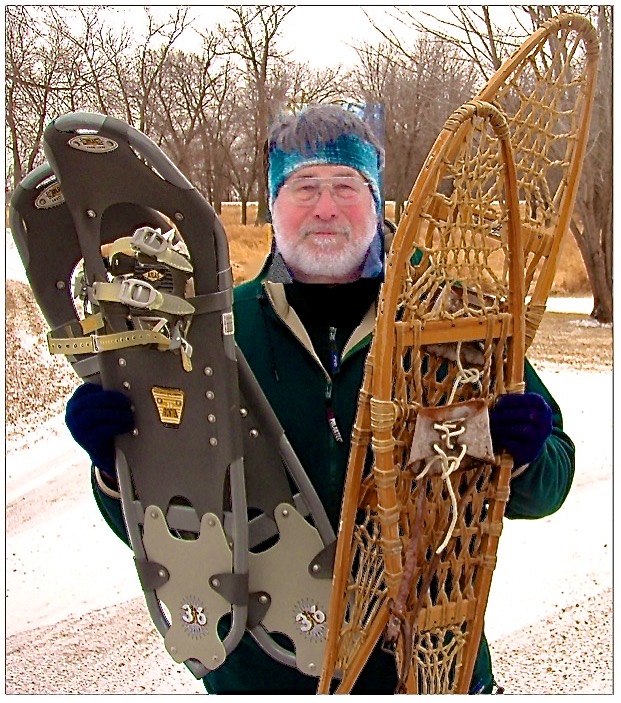
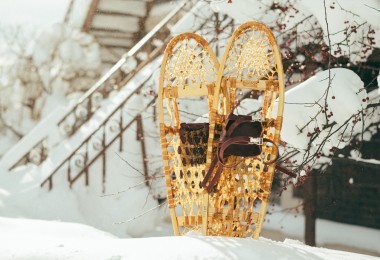
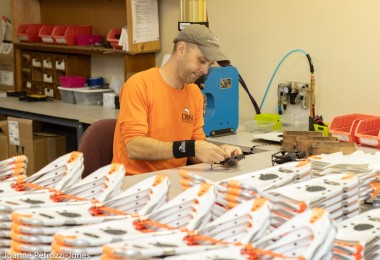
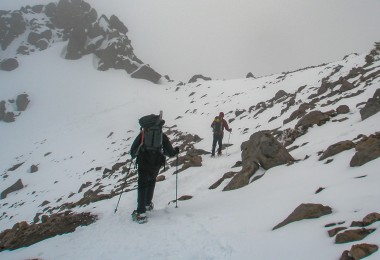
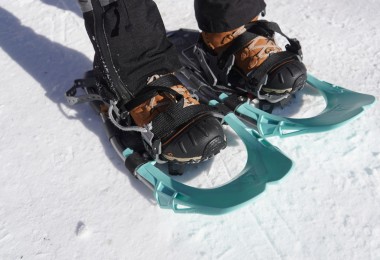

Leave a Comment